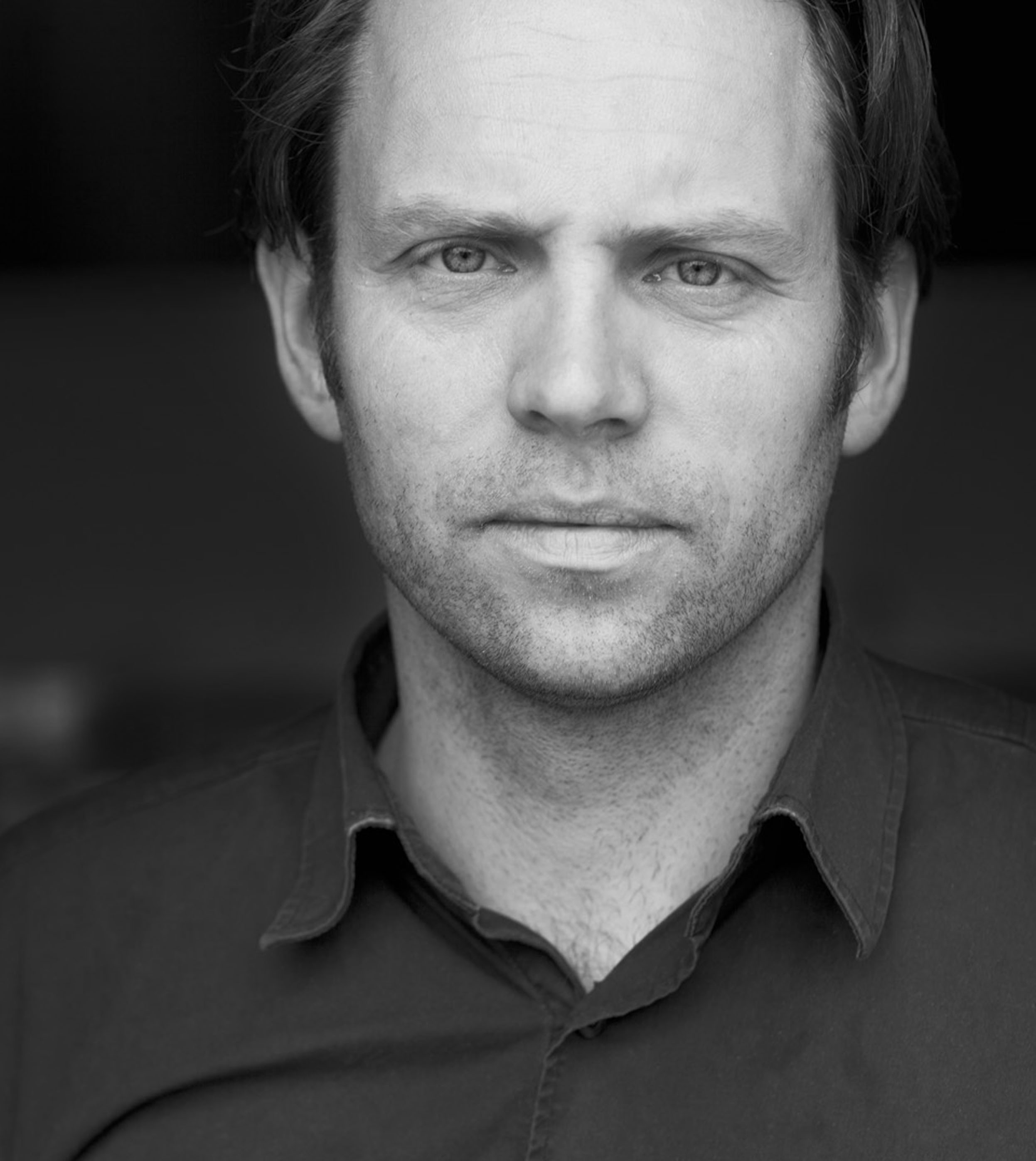Conference Speakers: Denmark
 Anne Beim
Anne Beim
Anne Beim, MAA, is an architect based in Copenhagen, and a professor of Architectural Technology, at the Royal Danish Academy of Fine Arts School of Architecture in Copenhagen, where she received her MArch and Ph.D. Since the fall of 2014, she has been the initiator and co-chair of the graduate program Settlement, Ecology and Tectonics. She was a visiting scholar at the PennDesign, University of Pennsylvania, where she completed part of her Ph.D. studies under the guidance of professors Marco Frascari and David Leatherbarrow. From 2008 to 2010 she was the chair of the Architecture Committee of the Danish Arts Foundation and has served as the chair of the Admission Board of the Architects Association in Denmark since 2013. Beim’s research focuses on how architectural ideas translate into the world of construction defined by building culture and tectonics. Since 2004 Beim has served as the head of the Centre for Industrialized Architecture (CINARK), a research center that serves as a bridge between the Royal Danish Academy of Fine Arts School of Architecture, the construction industry, and the architecture profession. Her writing has been published extensively, including Towards an Ecology of Tectonics: The Need for Rethinking Construction in Architecture (2014), Building the Future: Visions in Industrialized Housing 1970–2001 (2012), Three Ways of Assembling a House (2009), Tectonic Visions in Architecture (2004), and Ecology and Architectural Quality (2002).
 Thomas Nørgaard
Thomas Nørgaard
Thomas Nørgaard has been a leading member of the architectural firm Christensen & Co. Arkitekter (CCO) since the practice was established in 2006. Based in Copenhagen, CCO works primarily on public buildings, from small kindergartens to large universities and research institutes throughout Scandinavia. Nørgaard received his architecture degree from Royal Danish Academy of Fine Arts School of Architecture. As a principal architect at CCO, Nørgaard has been responsible for a large number of sustainable building designs, carried out in a close collaboration with clients, contractors, and engineers in a open, integrated design strategy. The firm’s open design process accepts and explores the conditions of the project, developing creative solutions that balance the end users’ needs, healthy indoor climate, energy consumption, daylight quality, and more. This approach has earned the CCO numerous awards, and the firm has become known in Scandinavia for its methodology and working culture that prizes prioritizes climate-friendly design solutions. Nørgaard is a member of the Danish green think tank Concito, a network of more than one hundred companies, researchers, and organizations all working in the area of climate change. He is a frequent lecturer on green design practice, participant in design competition juries, and examiner at the Royal Danish Academy of Fine Arts School of Architecture.
 Stig Mikkelsen
Stig Mikkelsen
Stig Mikkelsen is the founder and owner of Mikkelsen Architects, a firm he established in Copenhagen in 2012 and now employs a staff of about 30 staff. Prior to establishing his own firm, Mikkelsen worked for several years for Foster + Partners, where he contributed to several high-profile projects, including Independent Television News (ITN) Headquarters and HSBC UK Headquarters, both in London, and the Commerzbank Headquarters in Frankfurt. Mikkelson received his architectural degree from the Royal Academy of Fine Arts in Copenhagen. His firm espouses a collaborative approach to achieving high-performance architecture. The firm works on a range of building types, including commercial, cultural, research, sports, healthcare, and housing. His built work includes Royal Library at Copenhagen University’s Amager campus, the Denmark Radio headquarters and Rambøll Head Office, and the Frederikskaj housing project—all in Copenhagen—projects that use energy, daylight, and indoor climate as drivers for the development of architectural design. The firm also oversaw the renovation of the 1961 Arne Jacobsen Danish National Bank, featuring an all-glass staircase, designed in close collaboration with engineers and fabricators, which functions as a transitional element between old and new. Mikkelsen has lectured extensively and participates frequently in international juries and professional boards.
 Søren Nielsen
Søren Nielsen
Søren Nielsen is a partner at Vandkunsten Architects, Copenhagen, a firm that was established in 1971 and is regarded as one of the country’s leading socially and environmentally engaged businesses. Prior to his work at Vandkunsten, Nielsen ran his own practice. He received his MArch from the Royal Academy of Fine Arts Copenhagen, where he has been teaching off and on for the past 20 years. Vandkusten is devoted to design strategies for sustainability, in particular resource protection, reuse, social, and cultural aspects. The firm undertakes its own research, and considers architectural design at all scales, in particular tectonic strategies, adaptable solutions, weathering of materials and renovation. Nielsen has worked on numerous affordable housing projects, such as the FBAB Lisbjerg development in Aarhus, Denmark, which includes cross-laminated timber structures, strategies for community-building, and the preservation of resources through low-maintenance and “design for disassembly” (DfD). Responsible for Vandkunsten’s R&D activities, Nielsen initiated the innovation project Nordic Built Component Reuse, which explores new ways of repurposing waste building components as a strategy for preserving embodied energy. Nielsen has been invited to lecture at universities and professional organizations in Denmark, Germany, Norway, the UK, and Russia. He serves as an external examiner at Danish architect schools, and was appointed competition assessor by Danish Architect’s Association. He is currently the chair of the sustainability committee at Danish Association of Architectural Firms.
